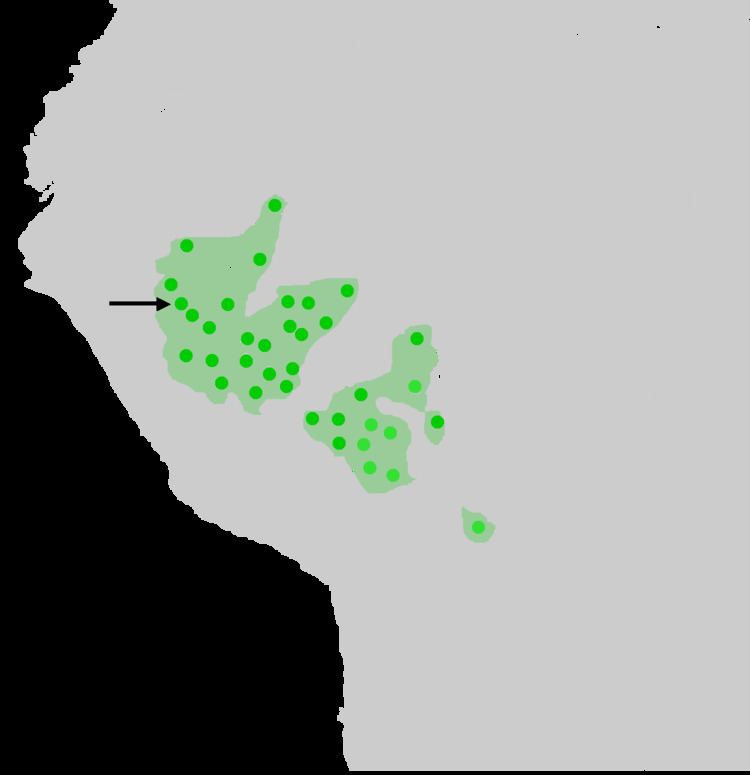Shipibo (also Shipibo-Conibo, Shipibo-Konibo) is a Panoan language spoken in Peru and Brazil by approximately 26,000 speakers. Shipibo is an official language of Peru.
Shipibo has three attested dialects:
Shipibo and Konibo (Conibo), which have merged togetherKapanawa of the Tapiche River, which is obsolescentExtinct Xipináwa (Shipinawa) is thought to have been a dialect as well, but there is no linguistic data (Fleck 2013).
/i/ is near-close front unrounded [i̞]./ɯ/ is close near-back unrounded [ɯ̟].Before coronal consonants (especially /n, t, s/) it can be realized as close central unrounded [ɨ]./o/ is mid near-back unrounded [o̽]./i, ɯ, o/ tend to be more central in closed syllables./a/ is near-open central unrounded [ɐ].In connected speech, two adjacent vowels may be realized as a rising diphthong.The oral vowels /i, ɯ, o, a/ are phonetically nasalized [ĩ, ɯ̃, õ, ã] after a nasal consonant, but the phonological behaviour of these allophones is different from the nasal vowel phonemes /ĩ, ɯ̃, õ, ã/.Oral vowels in syllables preceding syllables with nasal vowels are realized as nasal, but not when a consonant other than /w, j/ intervenes.The second one of the two adjacent unstressed vowels is often deleted.Unstressed vowels may be devoiced or even elided between two voiceless obstruents./m, p, β/ are bilabial, whereas /w/ is labialized velar./β/ is most typically a fricative [β], but other realizations (such as an approximant [β̞], a stop [b] and an affricate [bβ]) also appear. The stop realization is most likely to appear in word-initial stressed syllables, whereas the approximant realization appears most often as onsets to non-initial unstressed syllables./n, ts, s/ are alveolar [n, ts, s], whereas /t/ is dental [t̪].The /ʂ–ʃ/ distinction can be described as an apical–laminal one./tʃ, ʃ/ are palato-alveolar, whereas /j/ is palatal.Before nasal vowels, /w, j/ are nasalized [w̃, j̃] and may be even realized close to nasal stops [ŋʷ, ɲ]./w/ is realized as [w] before /a, ã/, as [ɥ] before /i, ĩ/ and as [ɰ] before /ɯ, ɯ̃/. It does not occur before /o, õ/./ɻ/ is a very variable sound:Intervocalically, it is realized either as an approximant [ɻ], or sometimes as a (weak) fricative [ʐ].Sometimes (especially in the beginning of a stressed syllable) it can be realized as a postalveolar affricate [d̠͡z̠], or a stop-appproximant sequence [d̠ɹ̠].It can also be realized as a postalveolar flap [ɾ̠].
